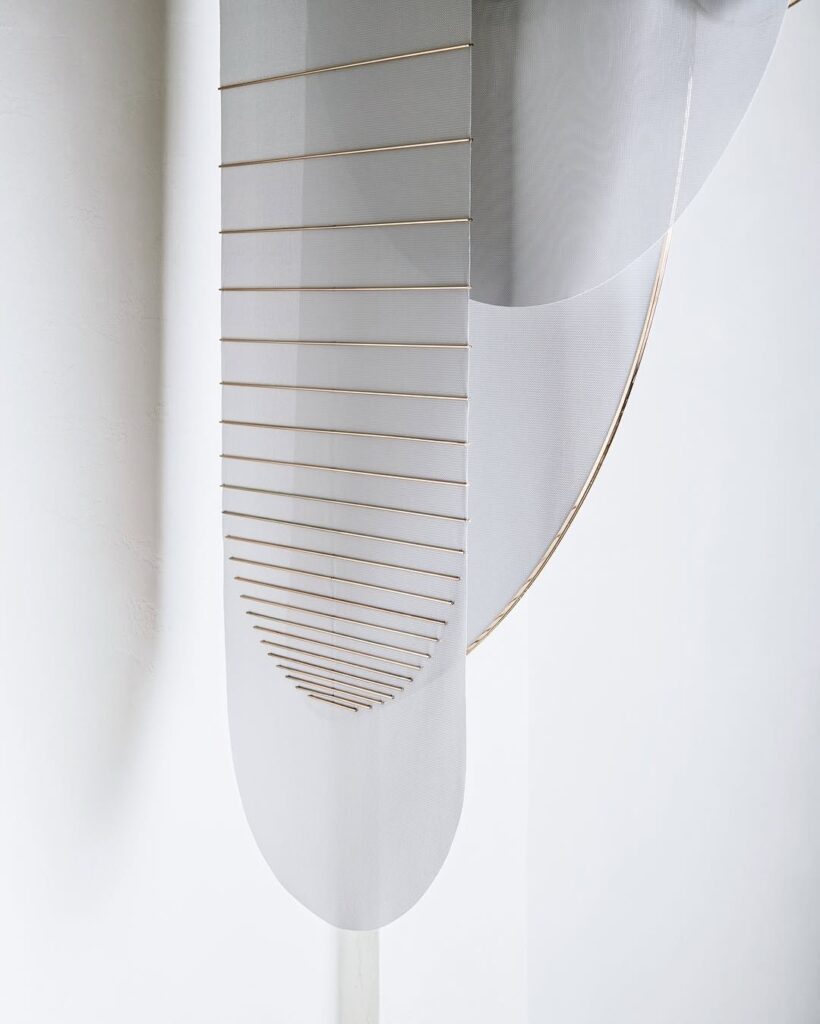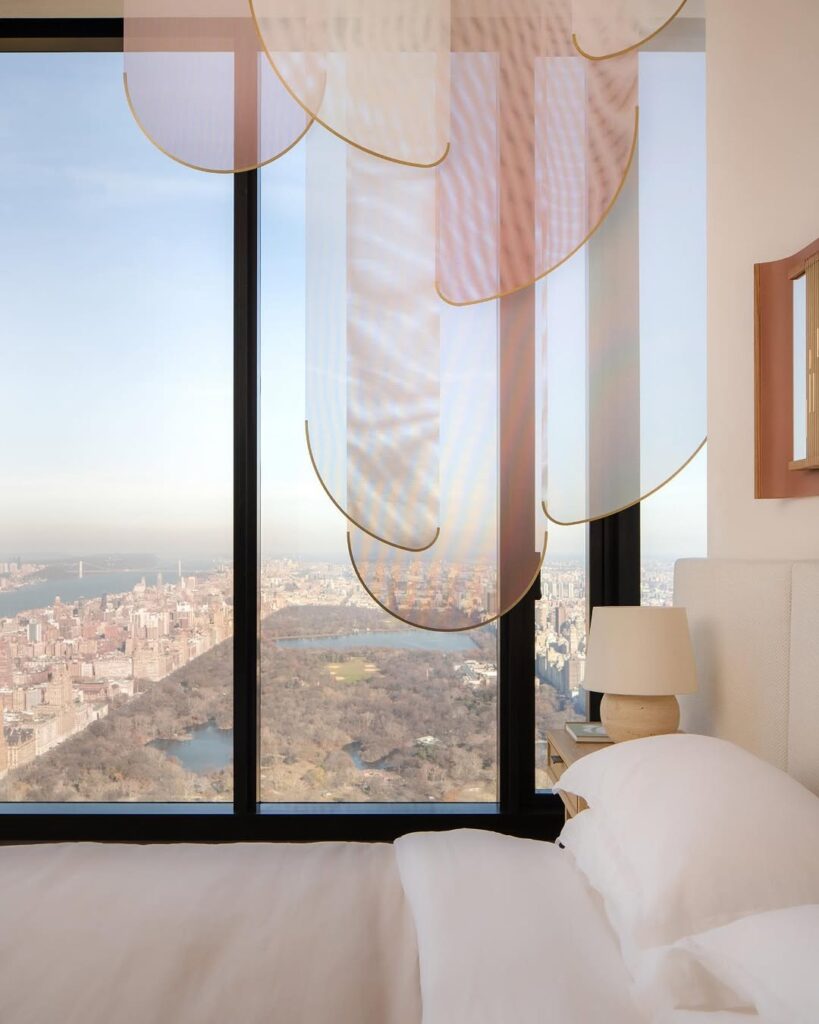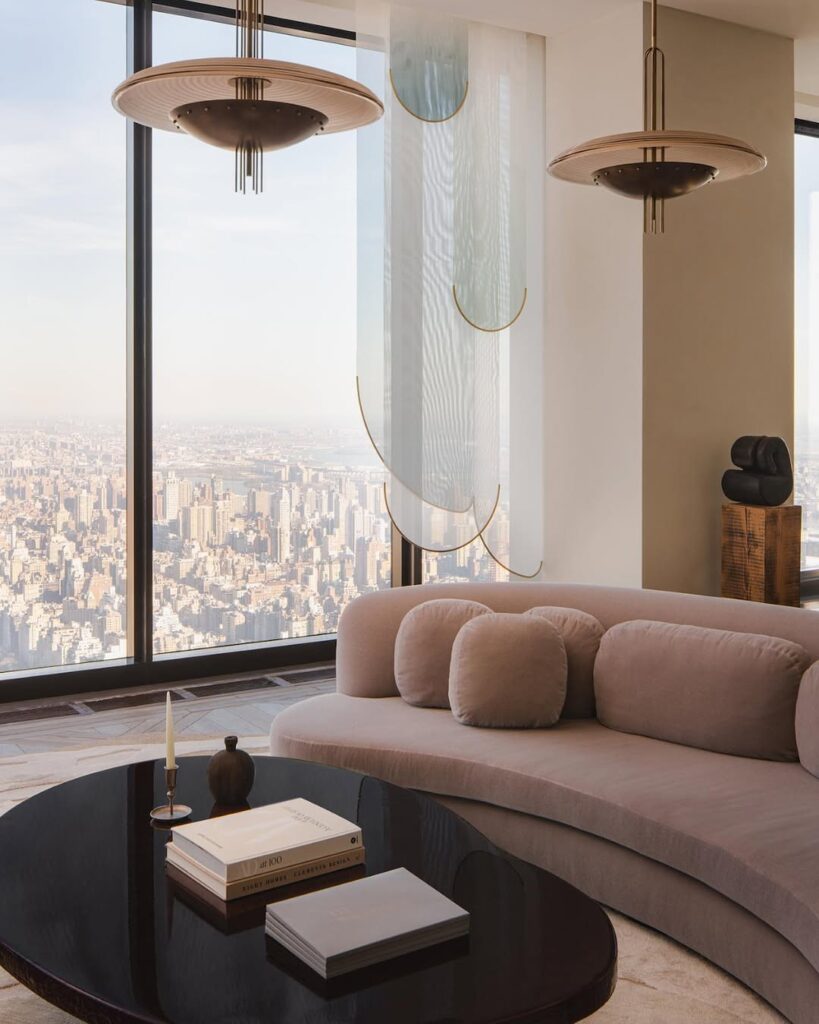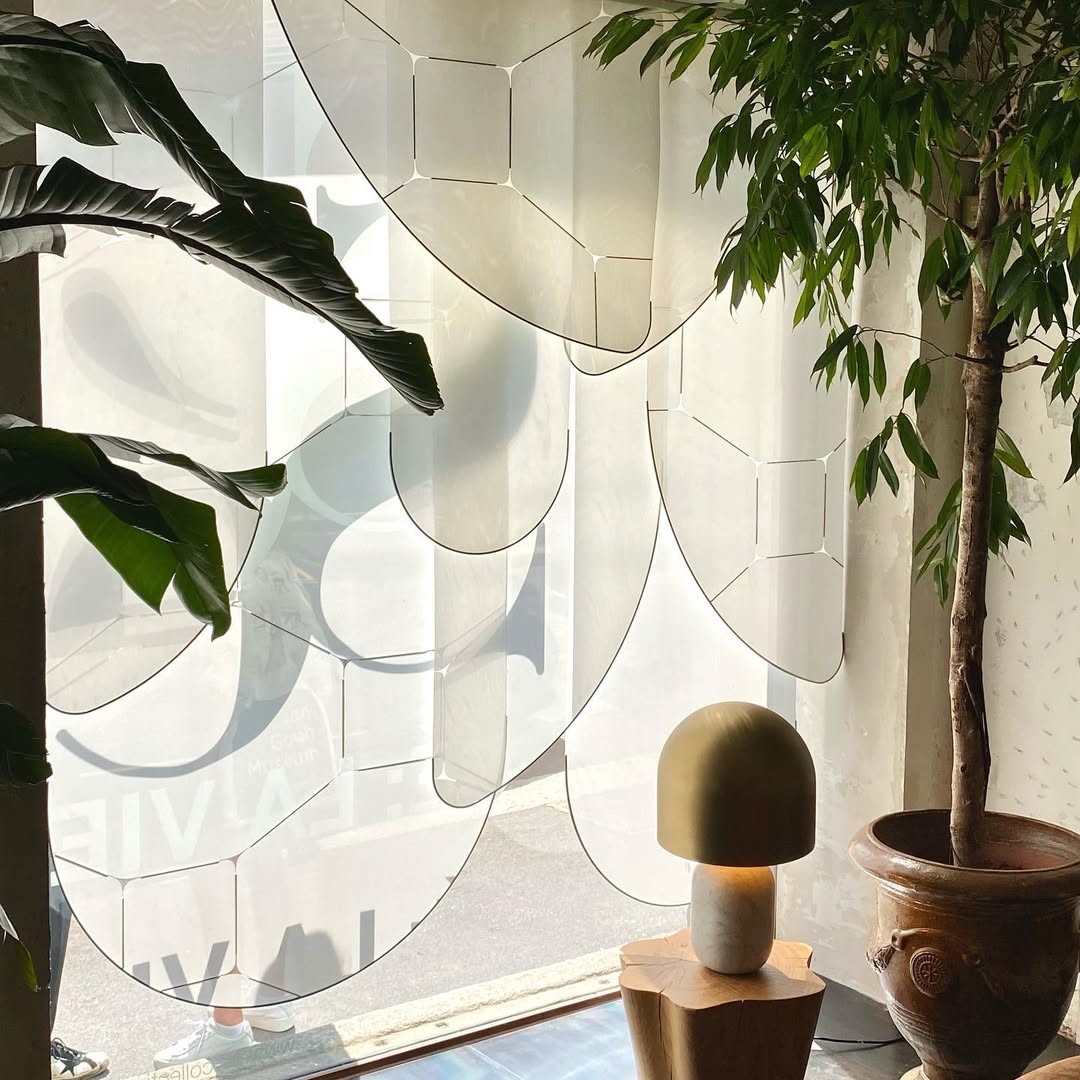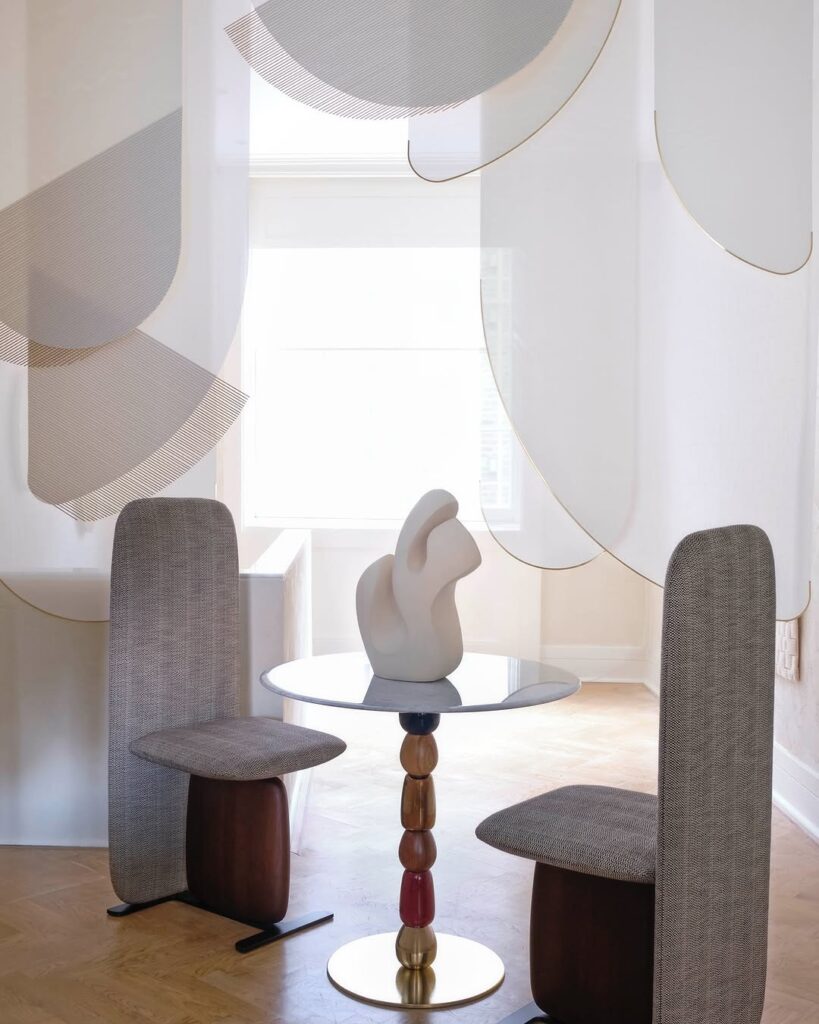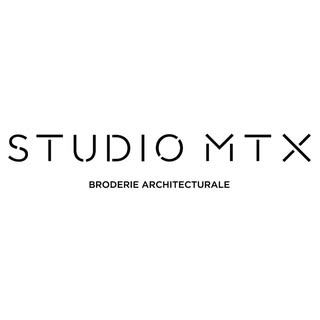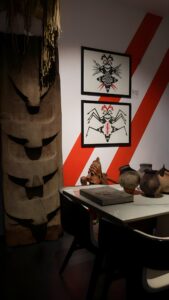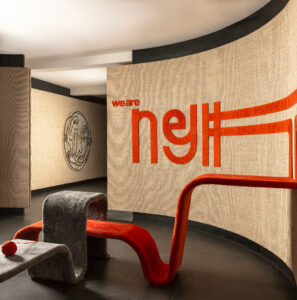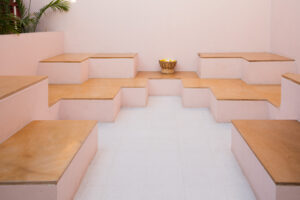Beyond aesthetics, Studio MTX is exploring material behaviour. How does silk interact with metal under tension? What happens when a beaded thread is stretched across a rigid frame? These experiments lead to panels that don’t just look decorative but act performative. They diffuse light, divide rooms, or give a flat wall the illusion of motion. The studio’s goal is not to make embroidery fashionable in interiors, it is to make it structural, almost infrastructural.
What keeps MTX credible is its refusal to treat craft as a marketing tag. In an era where words like artisan and innovation are used liberally, MTX doesn’t sell a narrative. It builds systems, develops materials, and allows the work to speak. That is why major hospitality projects and collectors alike turn to them. The results are beautiful but also intelligent, balancing visual seduction with engineering.
And while Bassée leads with vision, the team itself is compact but specialised. Craftspeople, designers, and technicians work side by side, forming a miniature ecosystem where couture handcraft and parametric design coexist. Each project is a test bed. One panel proves silk can act as a diffuser, another shows metal embroidery can mimic sculpture. Progress here is iterative, stitched panel by stitched panel.
The result is a hybrid métier, something between architecture, art, and design, but not fully claimed by any of them. Embroidery, once seen as decorative, becomes spatial. It stops being precious and starts being powerful.
In less than a decade, Studio MTX has carved out a category that barely existed. From couture runways to immersive installations, the leap might seem improbable, but in hindsight, it feels inevitable. Embroidery was never just about detail, it was always about storytelling. Studio MTX simply gave it a bigger stage.
And in an industry obsessed with scale, that is a design story worth framing.

